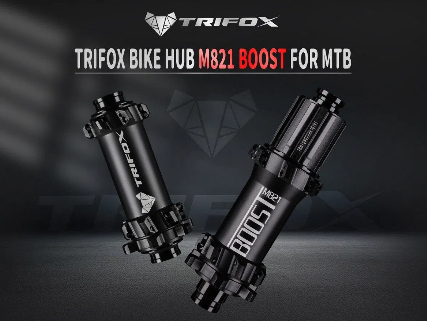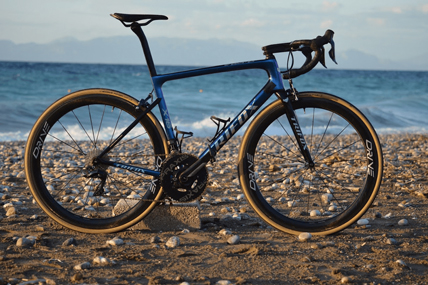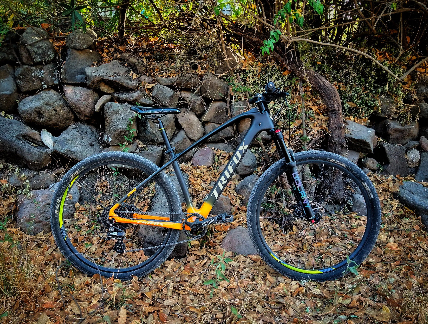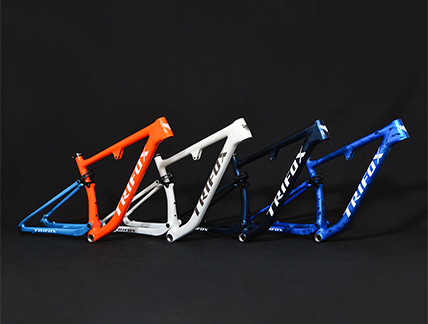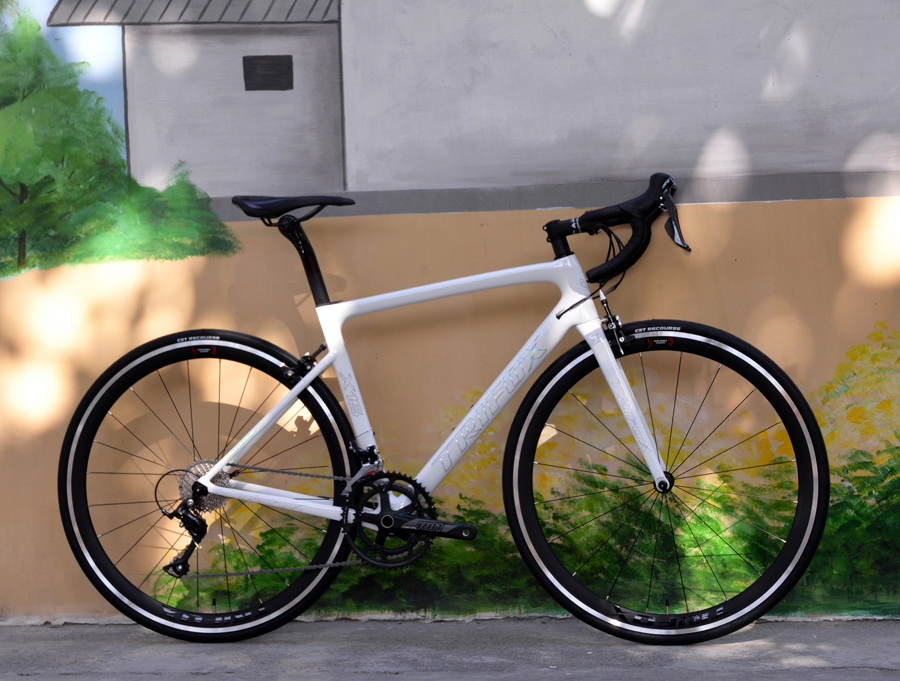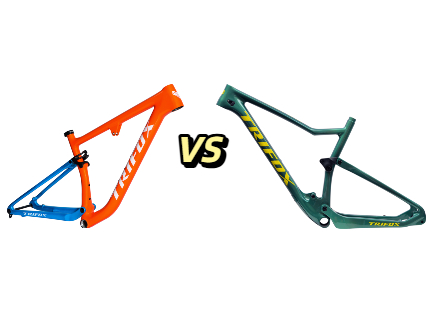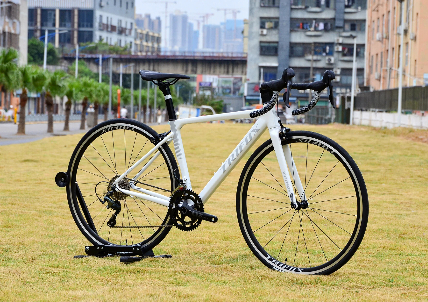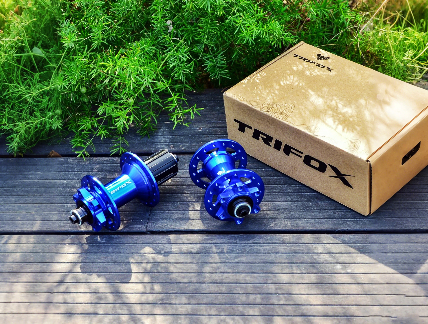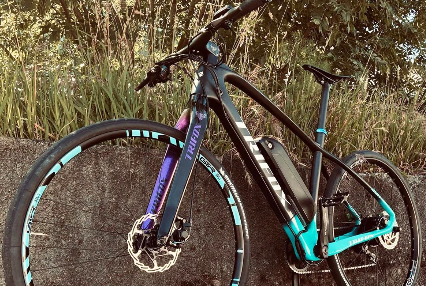Upgrading your bike with a new wheelset is one of the most impactful changes you can make, significantly improving performance, weight, and aesthetics. This is especially true for bikes equipped with rim brakes, where the choice of wheels plays a crucial role in braking efficiency and overall riding experience.
Understanding Wheelset Upgrades
A wheelset upgrade involves replacing your bike's current front and rear wheels with a new set. This can lead to improvements in speed, handling, and comfort. For bikes with rim brakes, the new wheels must be compatible with this braking system, meaning they need to have a brake track suitable for the brake pads to clamp onto.
Why Upgrade?
Weight Reduction: Lighter wheels reduce the rotational mass, making it easier to accelerate and climb.
Increased Rigidity: A stiffer wheelset offers better power transfer from your pedaling effort to the road.
Improved Aerodynamics: Some wheelsets are designed to cut through the air more efficiently, which can help you ride faster with less effort.
Enhanced Durability: High-quality wheels can better withstand the rigors of road or trail riding, potentially offering longer life and better reliability.
Selecting Your New Wheelset
When choosing a new wheelset for a bike with rim brakes, consider the following factors:
Brake Compatibility: Ensure the wheels are designed for rim brakes. The braking surface must be smooth and durable to work effectively with your brake pads.
Rim Material: Common materials include aluminum, which offers a good balance of weight, cost, and performance, and carbon fiber, which is lighter and stiffer but usually more expensive.
Wheel Size: Match the wheel diameter to your current setup (common sizes include 700c for road bikes and 29" or 27.5" for mountain bikes) to ensure compatibility with your bike frame and tires.
Rim Width: Wider rims can accommodate wider tires, which may offer better traction and comfort. Make sure the width is compatible with your bike frame and brake setup.
Hub Compatibility: Check that the wheel hubs are compatible with your bike's axle dimensions and, if applicable, your drivetrain's cassette.
Installing Your New Wheelset
Once you've selected your new wheelset, installation is the next step. While professional installation is recommended if you're unsure, many cyclists find this to be a manageable DIY project.
Remove Old Wheels: Open the rim brake calipers to release tension (this might involve lifting a small lever or unscrewing a bolt, depending on your brake model). Then, release the quick-release lever or unscrew the thru-axle to remove the wheels.
Transfer Components: If your new wheelset doesn't come with a cassette (for the rear wheel) or rotors (if using disc brakes), you'll need to transfer these from your old wheels. You'll also need to move your tires over unless you're upgrading those as well.
Install New Wheels: Insert the new wheels into the frame, ensuring they're seated correctly in the dropouts. Tighten the quick-release lever or thru-axle securely.
Adjust Brakes: With the new wheels in place, you may need to adjust your rim brakes to ensure they properly contact the new wheels' braking surface. This typically involves adjusting the brake pads' height and alignment, as well as the tension in the brake cables.
Final Checks and Adjustments
Before taking your upgraded bike for a spin, perform a few final checks:
Spin each wheel to ensure it rotates smoothly and doesn't rub against the brake pads.
Check the brake function by squeezing the levers; the brakes should engage firmly and evenly.
Make sure all bolts, including those on the brake calipers and the wheels' quick-release levers or thru-axles, are tightened to the manufacturer's specifications.
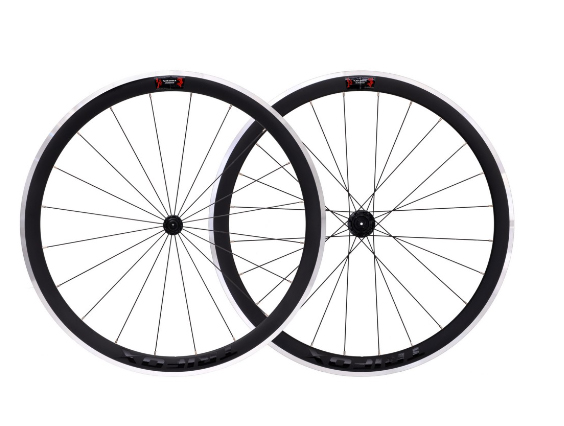
Conclusion
Upgrading your bike with a new wheelset designed for rim brakes can transform your riding experience, offering benefits in weight, performance, and aesthetics. By carefully selecting a wheelset that meets your needs and ensuring proper installation, you can enjoy the enhanced performance and renewed pleasure in your rides. Remember, while the process can be straightforward, don't hesitate to seek professional assistance if you're unsure about any steps. Happy riding!































































